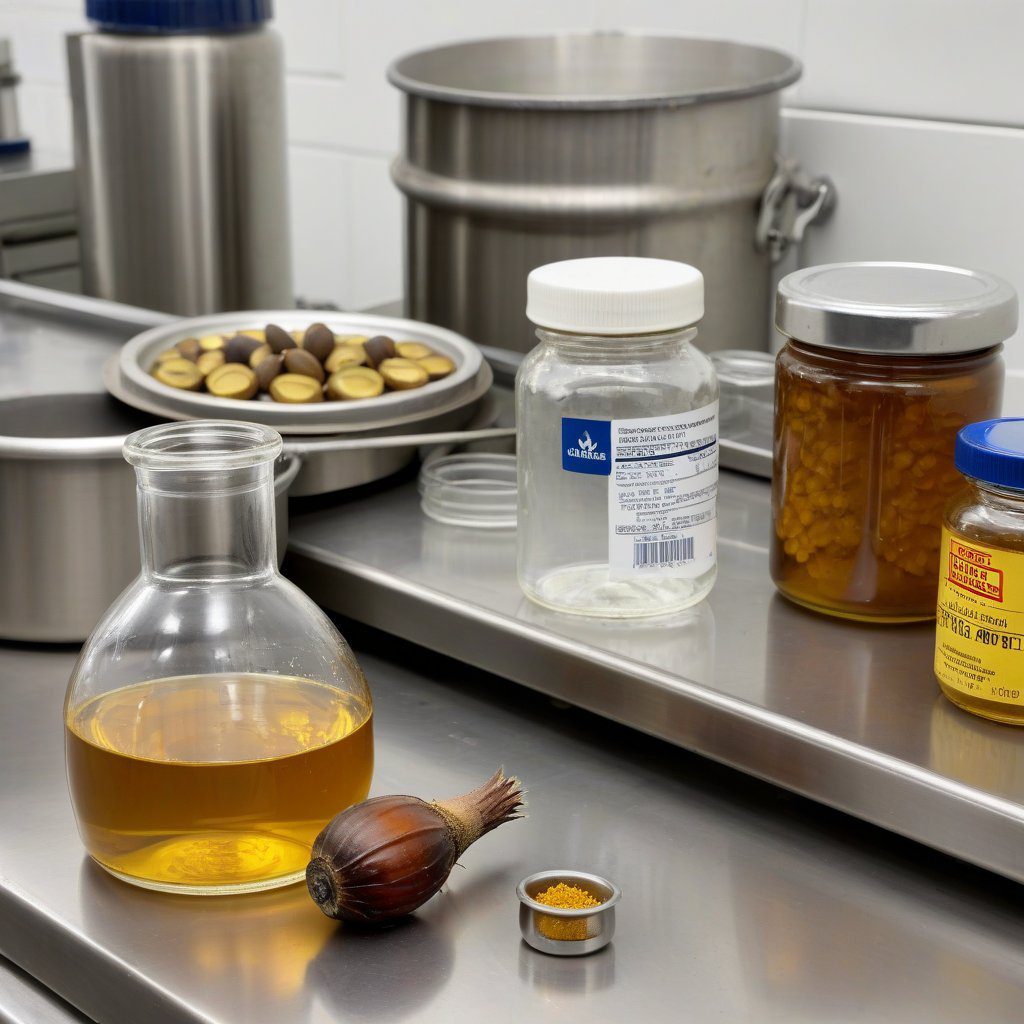Understanding Soy Lecithin Industry Standards
Soy lecithin is a vital ingredient in various food and industrial applications, recognized for its emulsifying properties and health benefits. Industry standards for soy lecithin ensure that both manufacturers and consumers can rely on its quality and safety. These standards are established by various regulatory bodies to maintain consistency and excellence in production.
Regulatory Bodies and Their Roles
In the United States, the Food and Drug Administration (FDA) plays a crucial role in setting and enforcing standards for food ingredients, including soy lecithin. The FDA’s regulations ensure that soy lecithin is safe for consumption and meets the necessary quality benchmarks. Other organizations, such as the Association of American Feed Control Officials (AAFCO), also contribute to defining standards for soy lecithin used in animal feed.
Types of Soy Lecithin and Their Specifications
There are primarily two types of soy lecithin: GMO (Genetically Modified Organisms) and GMO-free. Industry standards require that both types meet specific criteria for food-grade quality. These specifications include parameters such as moisture content, phospholipid concentration, and peroxide value, which are essential for ensuring the product’s stability and usability in various applications.
Quality Control Measures in Soy Lecithin Production
Quality control measures are integral to the soy lecithin production process. Manufacturers are required to implement rigorous testing protocols to ensure that their products comply with industry standards. This includes testing for contaminants, verifying the purity of ingredients, and ensuring that the lecithin meets the specified criteria set by regulatory bodies.
Labeling Requirements for Soy Lecithin Products
Labeling is an essential aspect of soy lecithin industry standards. Products must clearly indicate whether they contain GMO or GMO-free soy lecithin. This transparency helps consumers make informed choices and fosters trust in suppliers. Compliance with labeling regulations is critical for manufacturers, as it can affect marketability and consumer perception.
Health and Safety Standards for Soy Lecithin
Health and safety standards play a significant role in the production and distribution of soy lecithin. These standards address potential allergen concerns, nutritional content, and the absence of harmful additives. Regular audits and inspections help ensure that manufacturers adhere to these standards, safeguarding consumer health.
Certification Processes for Soy Lecithin Suppliers
Certification processes for soy lecithin suppliers are vital for establishing credibility in the market. Suppliers often seek certifications such as Non-GMO Project Verified or organic certifications to enhance their product offerings. These certifications require compliance with specific standards, providing an additional layer of assurance for buyers.
Global Standards and Trade Implications
Soy lecithin industry standards are not only localized but also have global implications. International trade agreements and standards set by organizations like Codex Alimentarius influence how soy lecithin is produced and marketed worldwide. Understanding these global standards is crucial for suppliers aiming to export soy lecithin, particularly to markets like the United States.
The Role of Diplomata in Soy Lecithin Supply
As a leading supplier and exporter of soy lecithin from Brazil, Diplomata is committed to adhering to all relevant soy lecithin industry standards. Our focus on delivering high-quality, food-grade GMO and GMO-free lecithin ensures that our clients in the United States can trust us for consistent and reliable products that meet their needs.


